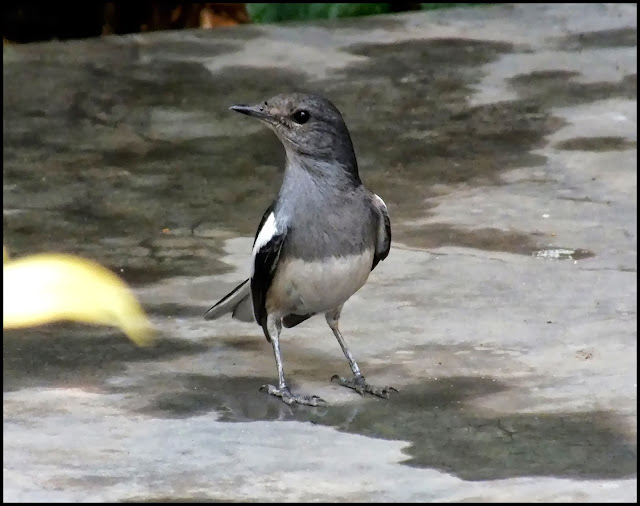Facts about Rufous Treepie :-
- Rufous Treepie is an Asian treepie, a member of the Corvidae family.
- The underparts and lower back are a warm tawny-brown to orange-brown in colour with white wing coverts and black primaries.
- The tail long, light bluish-grey with a thick black band on the tip.
- Makes loud musical calls which makes it conspicuous.
- It is found commonly in open scrub, agricultural areas, forests as well as urban gardens.
- The bill is stout with a hooked tip.
- The Rufous Treepie is an arboreal omnivore feeding almost completely in trees on fruits, seeds, invertebrates, small reptiles and the eggs and young of birds.
- They have been considered to be beneficial to palm cultivation in southern India due to their foraging on the grubs of the destructive weevil- Rhynchophorus ferrugineus.







































